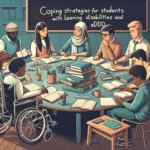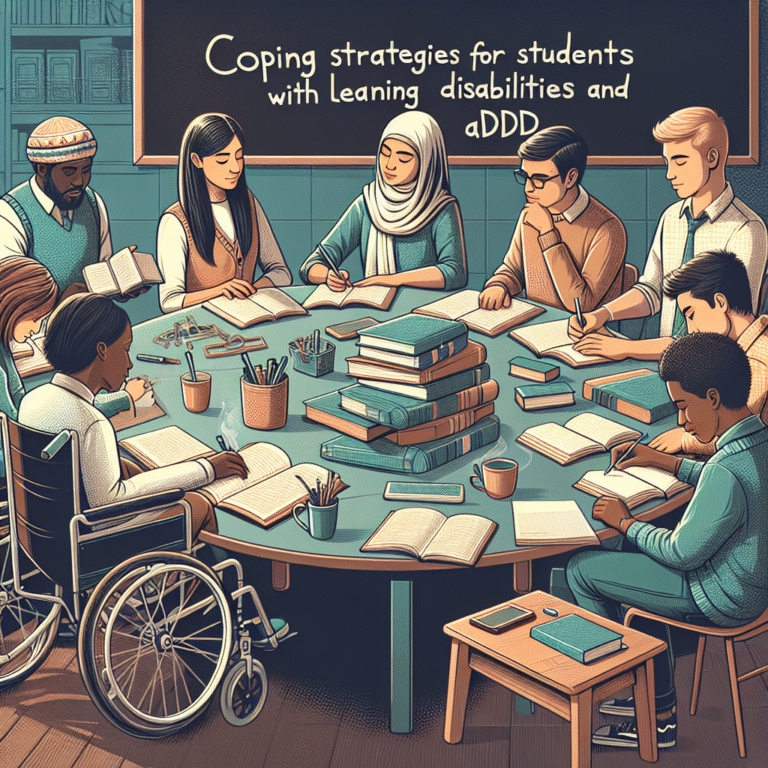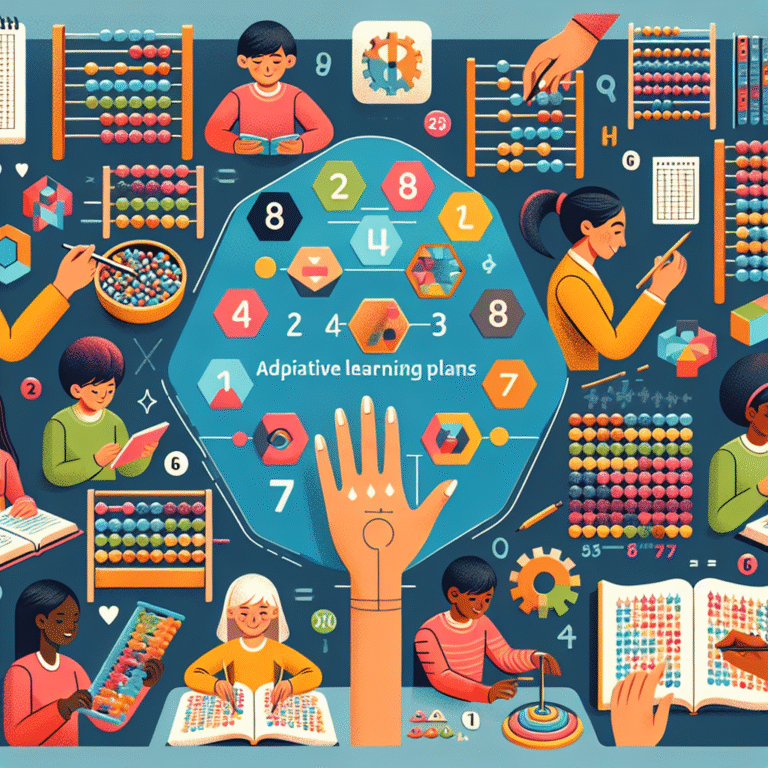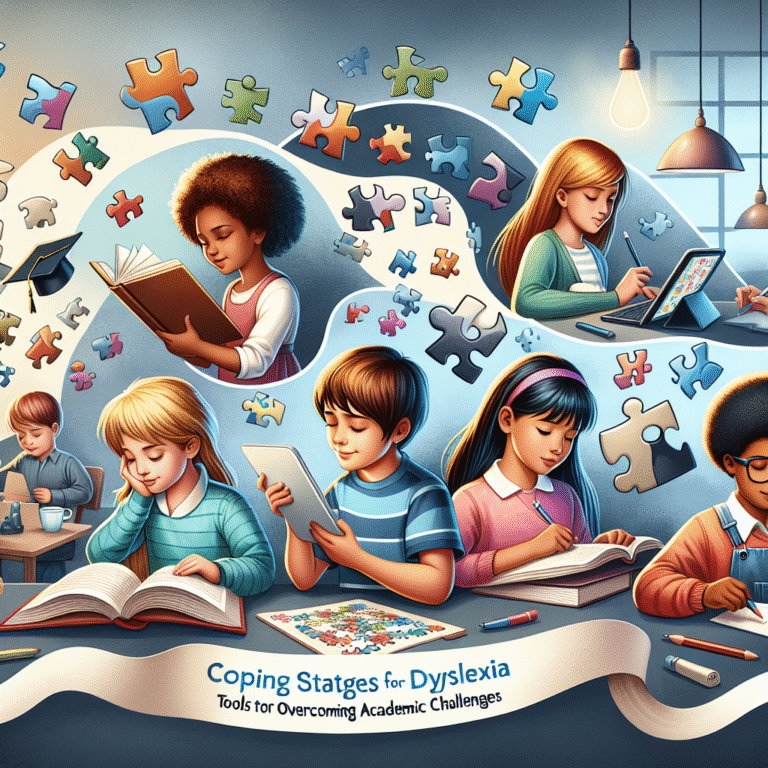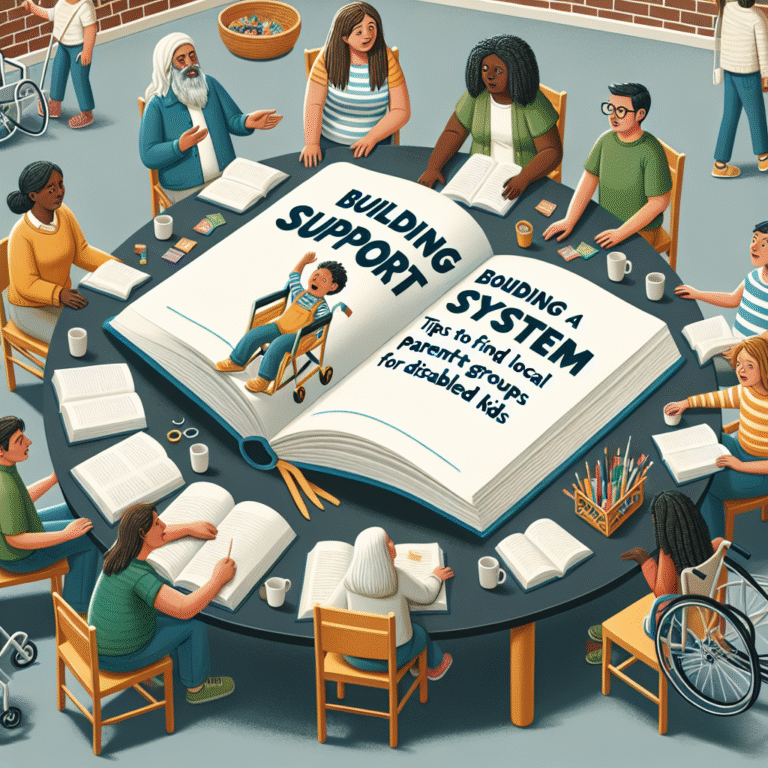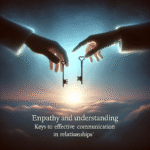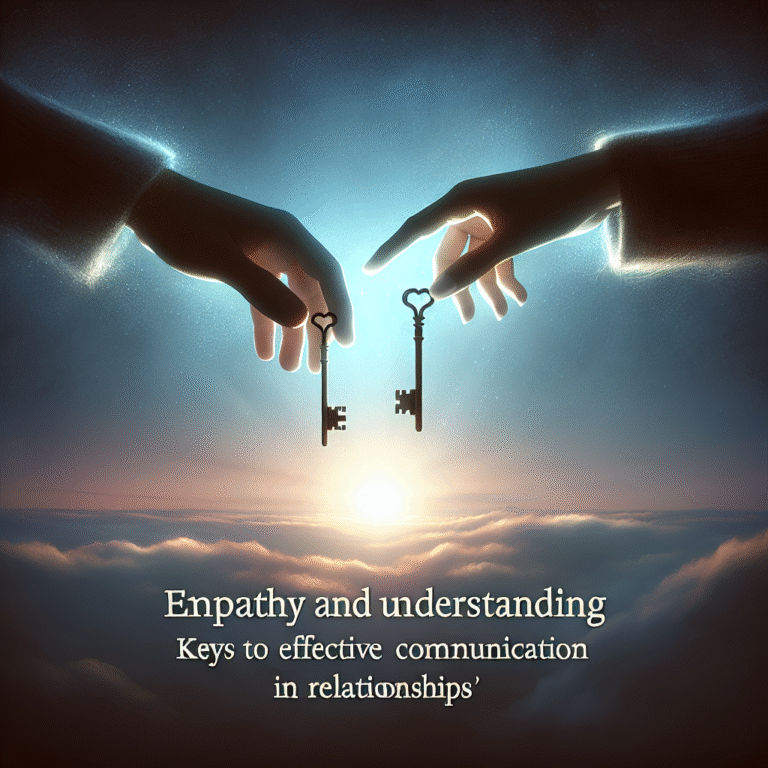
Building Strong Foundations: A Parent’s Guide to Recognizing Learning Disabilities in Preschool
Introduction:
Imagine a world where every child is given the tools to thrive in their early education—where each step of their developmental journey is nurtured, and potential is realized. This is not just a dream; it is the purpose of early intervention in recognizing learning disabilities. In “Building Strong Foundations: A Parent’s Guide to Recognizing Learning Disabilities in Preschool,” we delve into the crucial early signs parents should watch for, stemming from the belief that the earlier a learning disability is identified, the more effective the support can be. This article aims to empower parents—because informed parents are the best advocates for their children.
Understanding Learning Disabilities in Preschool
What Are Learning Disabilities?
Learning disabilities are neurological conditions that impact the brain’s ability to receive, process, store, or respond to information. Common types include dyslexia (reading difficulties), dyscalculia (math difficulties), and dysgraphia (writing difficulties). Understanding these disabilities is essential in “Building Strong Foundations: A Parent’s Guide to Recognizing Learning Disabilities in Preschool.” They can profoundly affect a child’s ability to learn and socialize.
How Common Are Learning Disabilities?
According to the National Center for Learning Disabilities, approximately 1 in 5 children in the United States experience learning disabilities. This statistic highlights the need for awareness and early intervention. Understanding the prevalence is crucial for parents, as it reassures them that they are not alone in their journey.
The Importance of Early Intervention
Early intervention can significantly alter a child’s educational trajectory. Research shows that identifying learning disabilities before age 8 offers the best chance for academic success and social engagement. So, in “Building Strong Foundations: A Parent’s Guide to Recognizing Learning Disabilities in Preschool,” we emphasize being proactive rather than reactive.
Real-World Case Study: Sarah’s Story
Take Sarah, a bright child who excelled in conversations but struggled with letter recognition. Initially dismissed as "just being a preschooler," her parents eventually sought advice from educational professionals. They discovered she had a form of dyslexia. With early intervention, Sarah began specialized tutoring and quickly caught up with her peers.
Analysis: Sarah’s story underscores how early recognition in preschool can lead to effective strategies tailored to the child’s needs, allowing her to thrive academically and socially.
Signs to Look For in Preschool
Recognizing potential learning disabilities involves observing various developmental milestones. Listed below are critical signs categorized by age:
| Age | Developmental Milestones | Signs of Potential Learning Disabilities |
|---|---|---|
| 2-3 years | Vocabulary growth, following simple directions | Limited vocabulary, consistent difficulty following directions |
| 3-4 years | Speech clarity, beginning to understand rhymes | Poor pronunciation, minimal understanding of rhymes and sounds |
| 4-5 years | Counting, recognizing letters | Inconsistent number recognition, trouble with writing letters and numbers |
As you navigate through preschool, keep these signs in mind. It is vital to note that every child develops at their own pace, but consistent difficulties warrant further investigation.
Emotional and Social Indicators
Learning disabilities often manifest in a child’s social and emotional behavior. Here, we look for patterns that can indicate underlying learning issues.
Key Behavioral Signs:
- Frustration during tasks that require literacy or numeracy.
- Withdrawal from group activities or social interactions.
- Difficulty understanding social cues or expressing emotions.
Recognizing these behaviors can assist in early identification and later discussions with educators. This insight is invaluable in “Building Strong Foundations: A Parent’s Guide to Recognizing Learning Disabilities in Preschool.”
Real-World Case Study: Tommy’s Experience
Tommy was a cheerful preschooler who loved playing but found it hard to share or follow instructions in group play. His parents noted his frustration while trying to complete simple puzzles. After consulting a child psychologist, they learned that Tommy had specific learning difficulties tied to visual processing.
Analysis: This case illustrates how emotional and social behaviors can serve as vital indicators of learning disabilities. Ignoring these signs may lead to further developmental challenges.
What to Do If You Suspect a Learning Disability
If you notice potential red flags in your child’s development, taking action is imperative. Here are key steps to follow:
-
Document Your Observations: Keep a record of specific instances when your child struggles, noting behaviors, reactions, and responses.
-
Consult Professionals: Seek guidance from teachers, pediatricians, or child psychologists to gain insights tailored to your child’s unique situation.
-
Explore Assessments: If advised, consider having your child undergo assessments to determine if a learning disability exists.
-
Create a Support Network: Join parent support groups or forums where you can share experiences and gain insights from others in similar situations.
- Research Educational Resources: Familiarize yourself with educational resources and strategies that cater to children with learning disabilities.
Building a Supportive Learning Environment
Creating a nurturing environment is crucial in “Building Strong Foundations: A Parent’s Guide to Recognizing Learning Disabilities in Preschool.” Here are a few strategies:
Create a Structured Routine
Children with learning disabilities often thrive in structured environments. A consistent routine can help them feel secure.
Encourage Learning Through Play
Utilize games and activities to reinforce learning concepts. For instance, use educational puzzles or apps that promote literacy and numeracy in fun, engaging ways.
Foster Open Communication
Establish a safe space for your child to express feelings, frustrations, and triumphs. Emotionally supportive environments will empower them to overcome challenges.
The Role of Educators and Schools
Parents should actively communicate with their child’s teachers. Educators can often provide insight and introduce accommodations tailored for children with learning disabilities.
Collaborative Strategies:
-
IEP and 504 Plans: Understand Individualized Education Programs (IEPs) or 504 Plans that offer accommodations for your child’s learning needs.
-
Regular Check-ins: Maintain ongoing conversations with teachers about your child’s progress and any adjustments that might be necessary.
- Workshops and Training: Join workshops offered by schools focusing on recognizing and addressing learning disabilities.
Conclusion
“Building Strong Foundations: A Parent’s Guide to Recognizing Learning Disabilities in Preschool” emphasizes the importance of awareness, observation, and early intervention. Equip yourself with knowledge, stay informed, and be proactive in advocating for your child’s needs. This journey is about partnership—between parents, educators, and, most importantly, your children, who deserve the best within their reach.
Remember, early recognition and intervention can lead to incredible outcomes. With the right tools, your child can build a strong foundation for lifelong success.
FAQs:
1. How can I tell if my child has a learning disability?
Look for persistent challenges in specific areas (reading, writing, or math) despite average or above average intelligence. Consult professionals if you suspect a learning disability.
2. At what age should I seek help if I suspect a learning disability?
The sooner, the better. Early intervention is crucial, ideally before age 8. If you notice ongoing difficulties, seek guidance immediately.
3. Are all learning difficulties visible in preschool?
Not necessarily. Some children may mask their difficulties or develop coping strategies that can hide signs initially.
4. How do schools support students with learning disabilities?
Schools can provide IEPs or 504 Plans that offer tailored support, accommodations, and specialized instruction.
5. How can I help my child at home?
Create a structured routine, engage in educational games, and maintain open communication to encourage learning and emotional expression.
6. Where can I find resources for parents with children who have learning disabilities?
Look for support groups, online forums, and educational websites dedicated to learning disabilities for valuable resources and community support.
By understanding the nuances of learning disabilities and how they may appear in early childhood, you’re taking crucial steps towards ensuring your child’s educational success. Through vigilance and proactive support, you can build strong foundations that last a lifetime.
